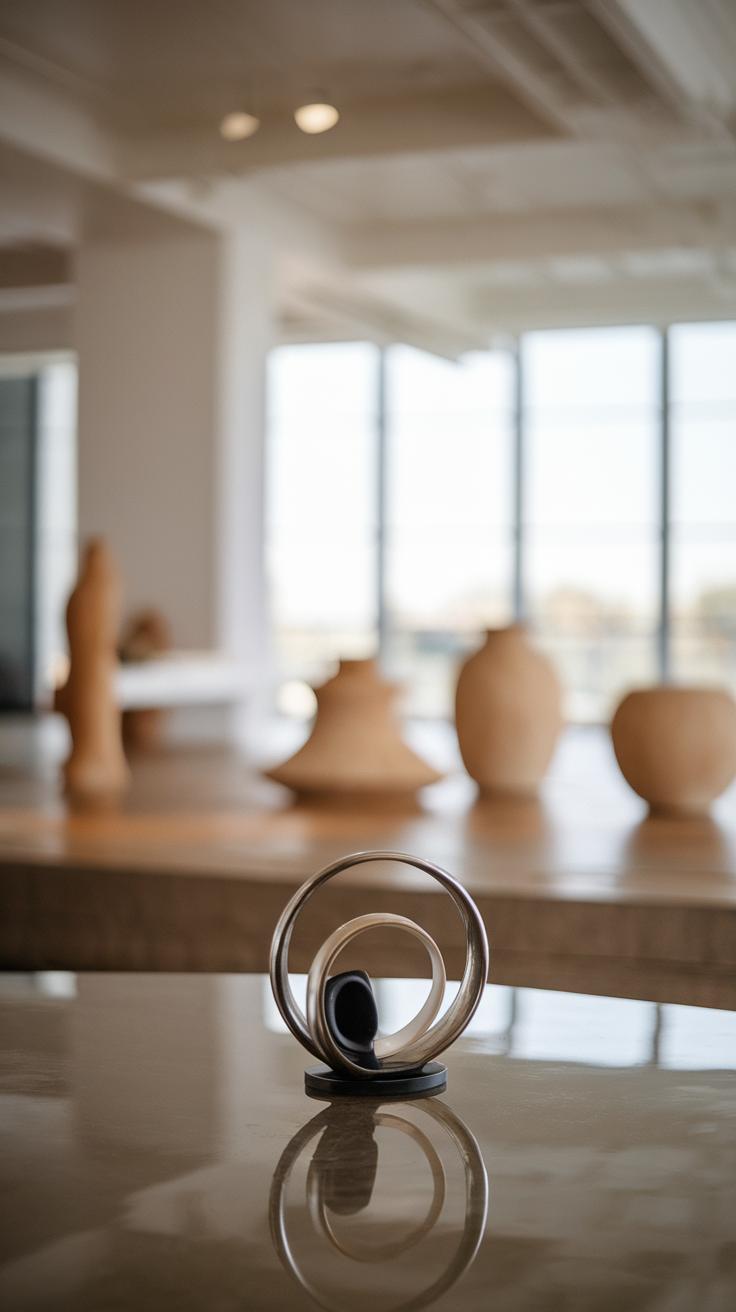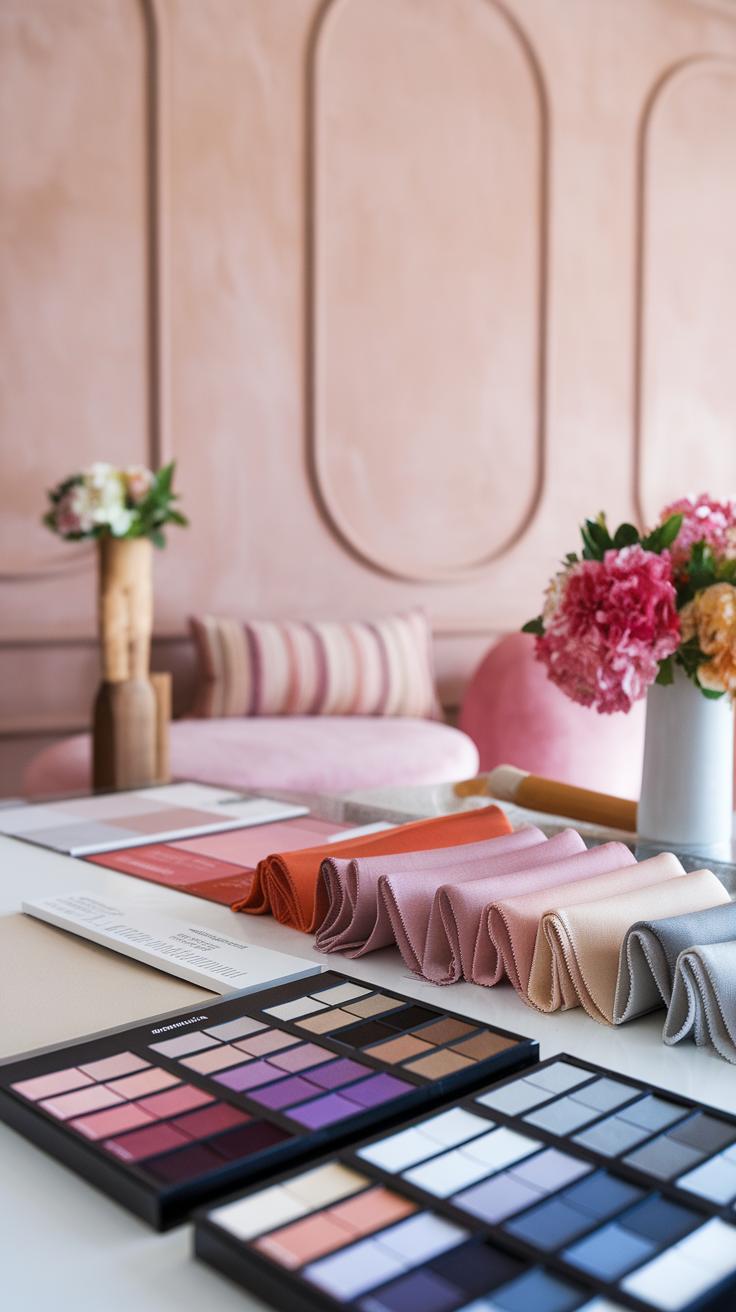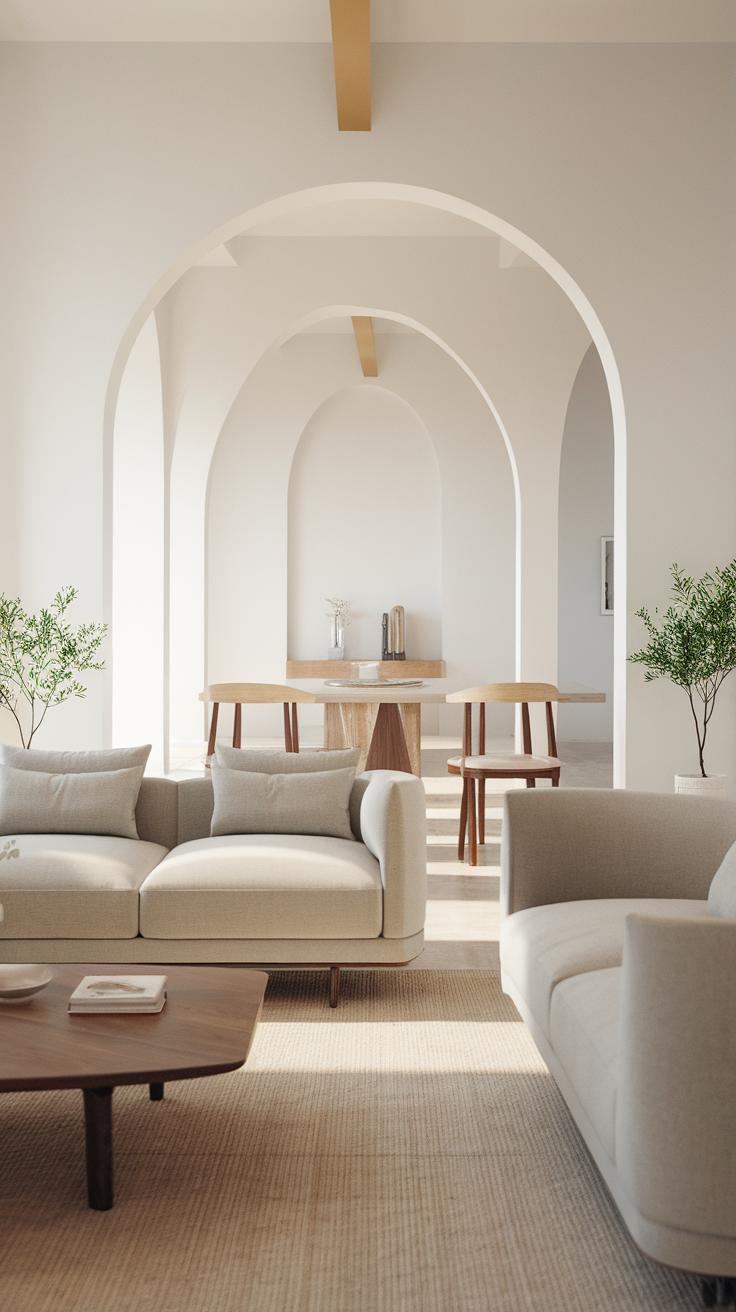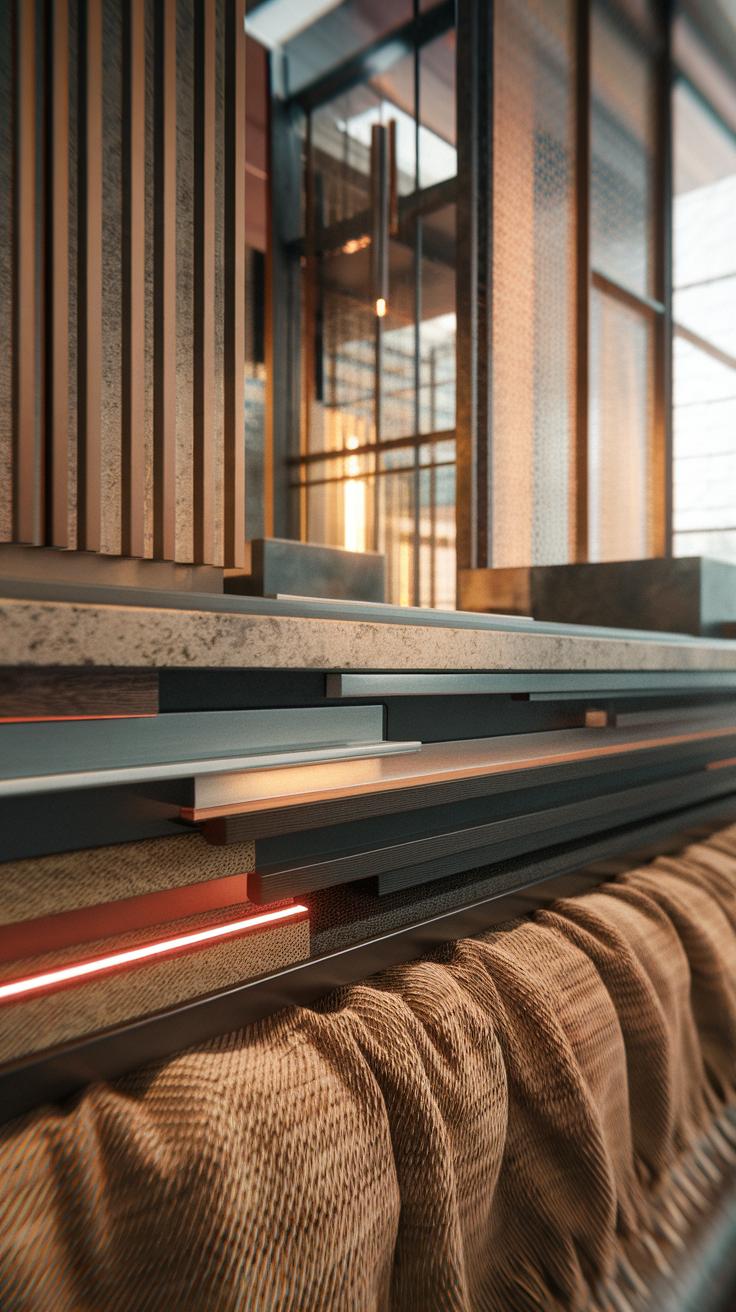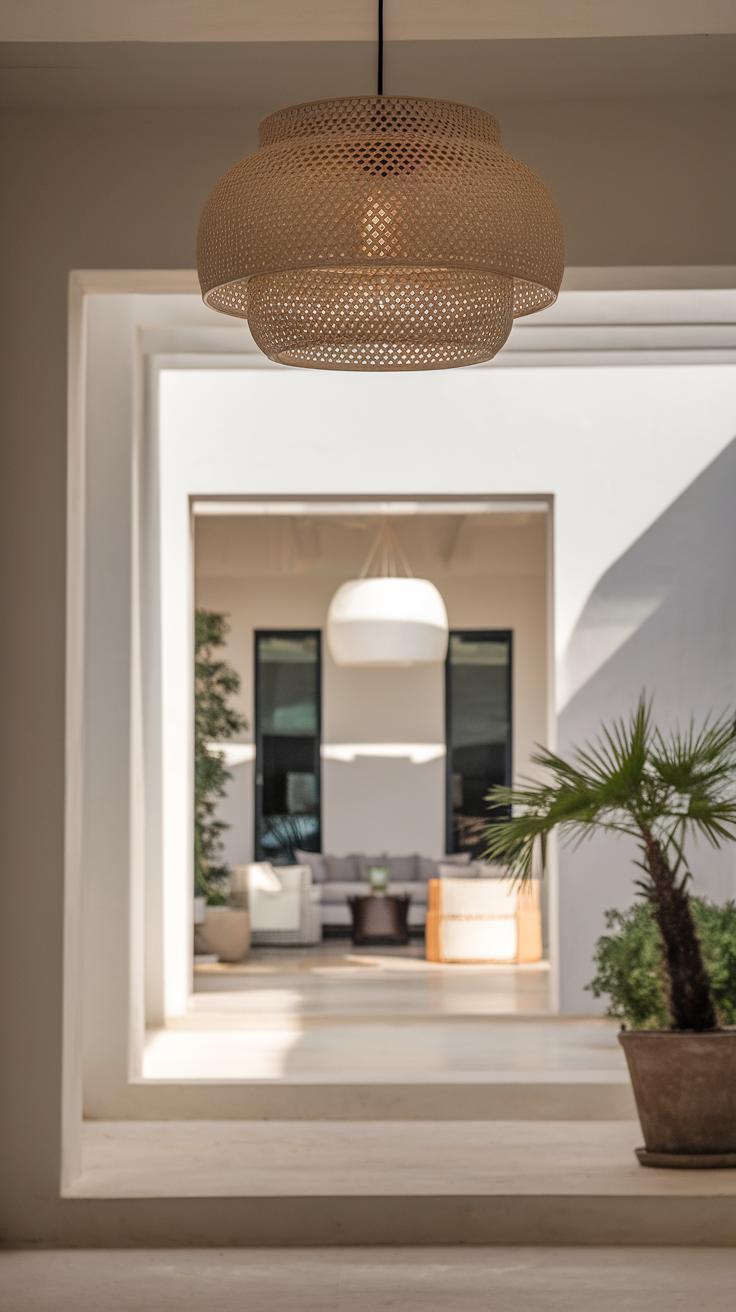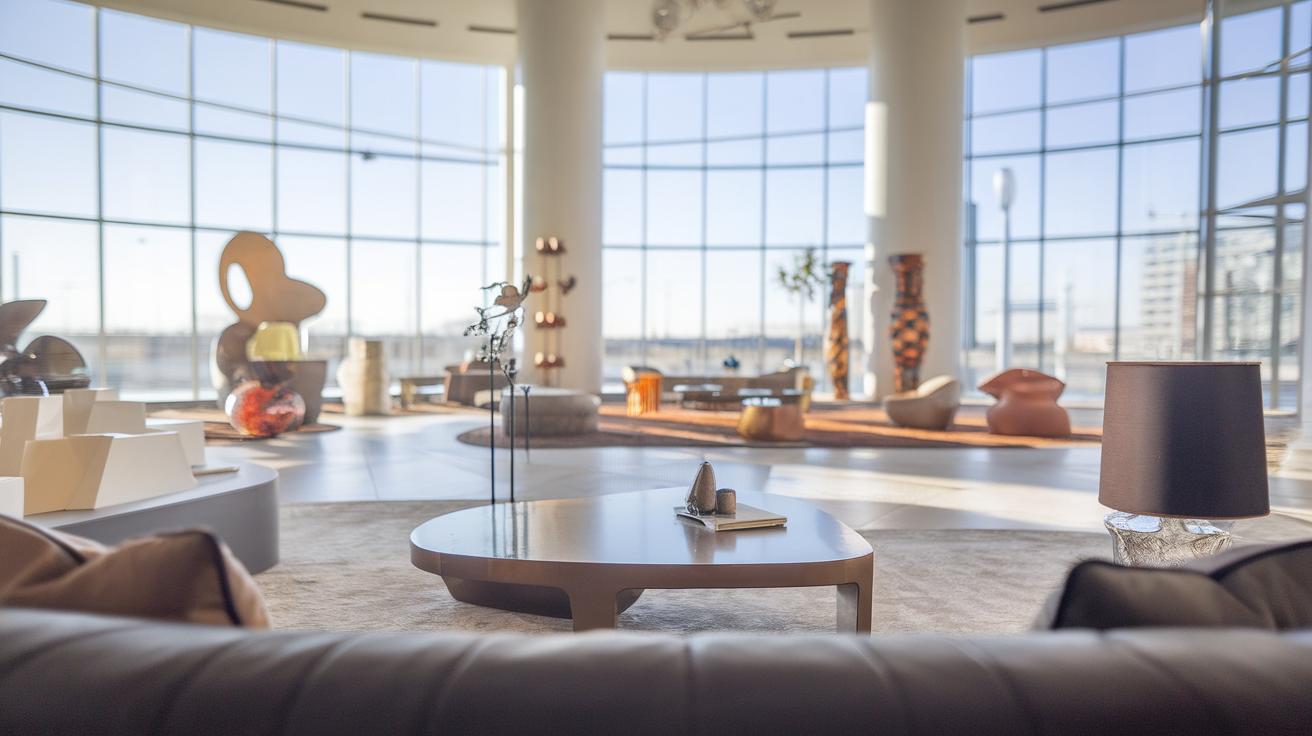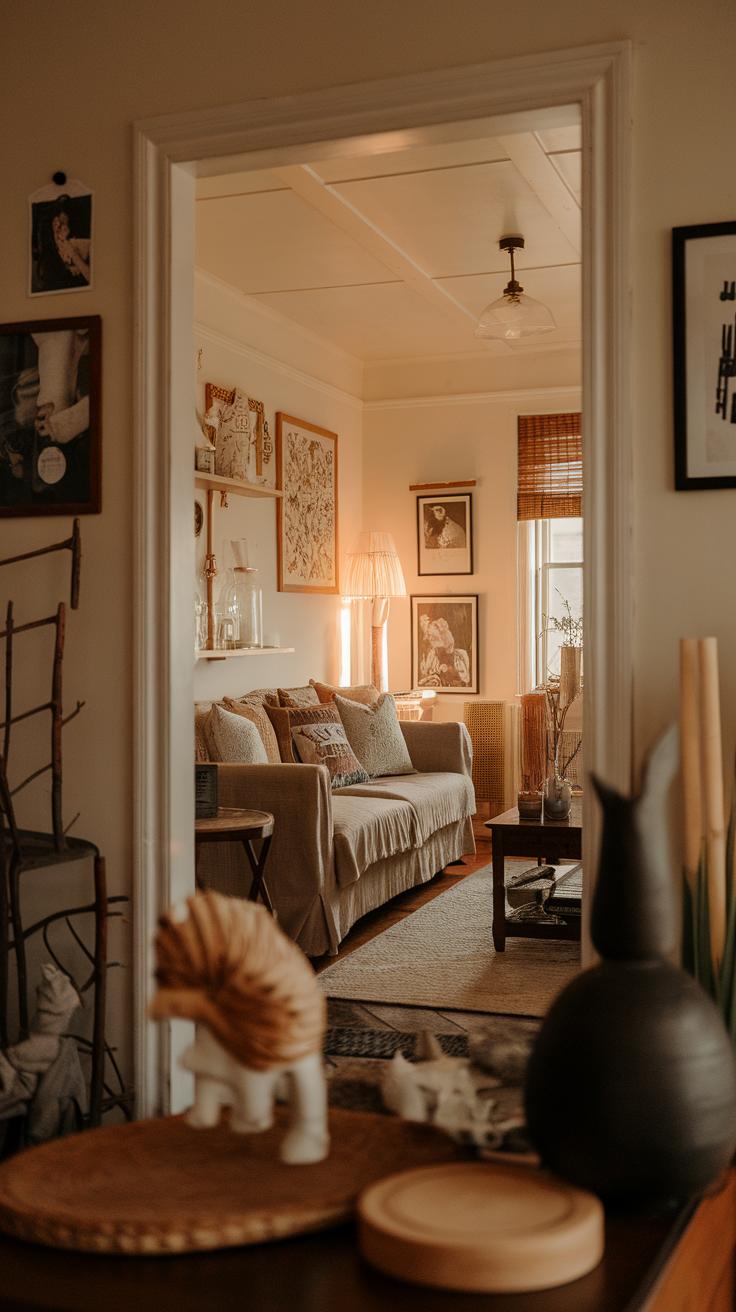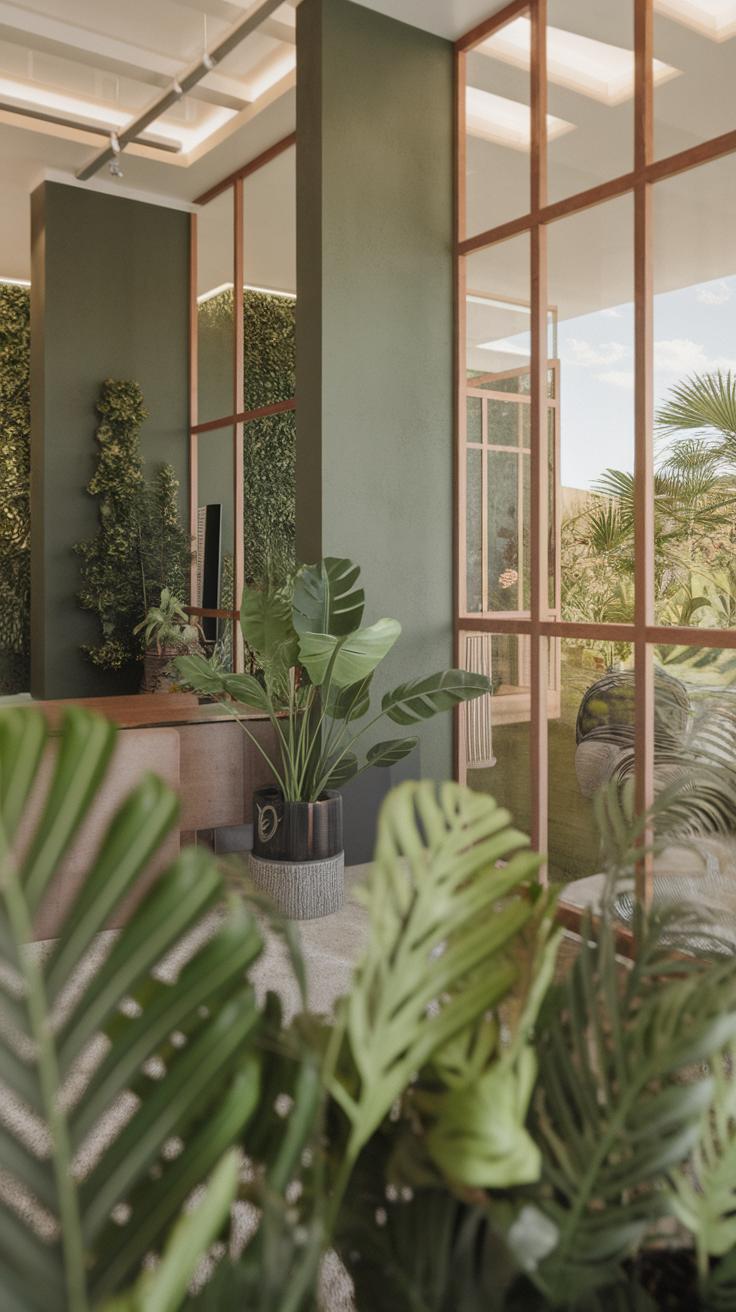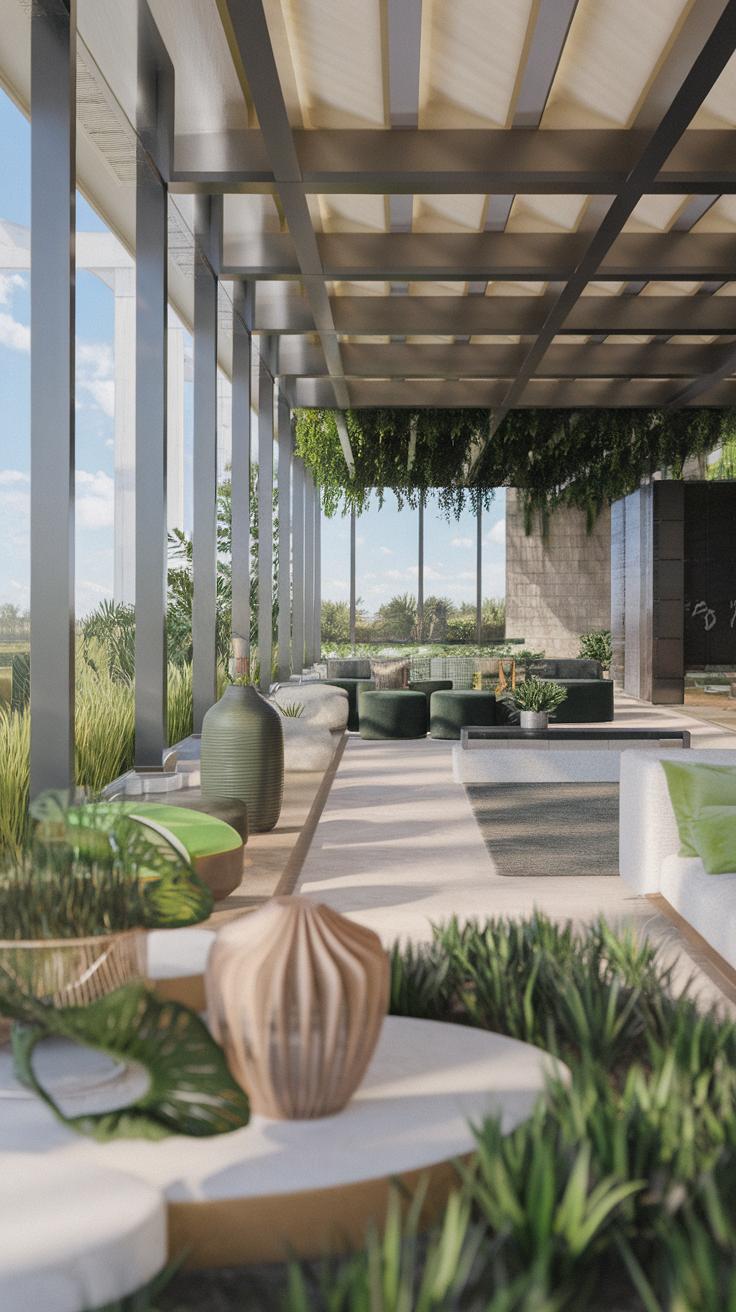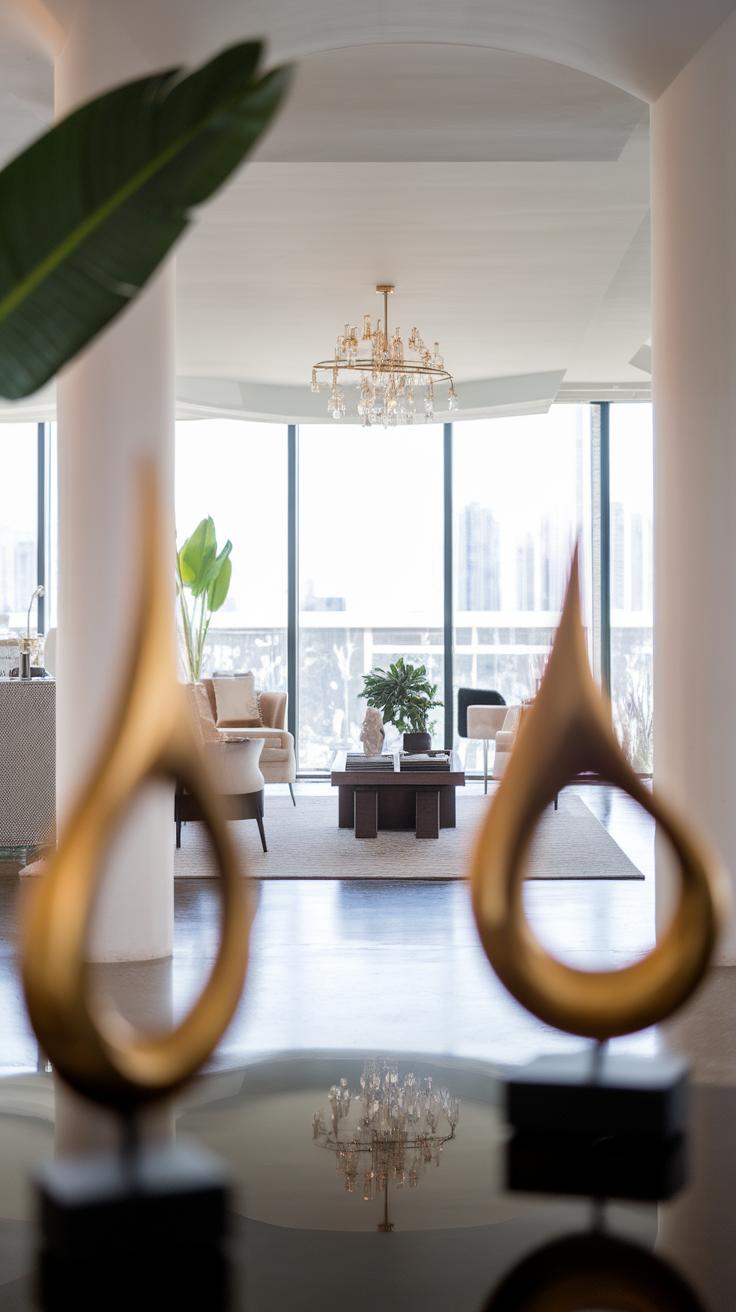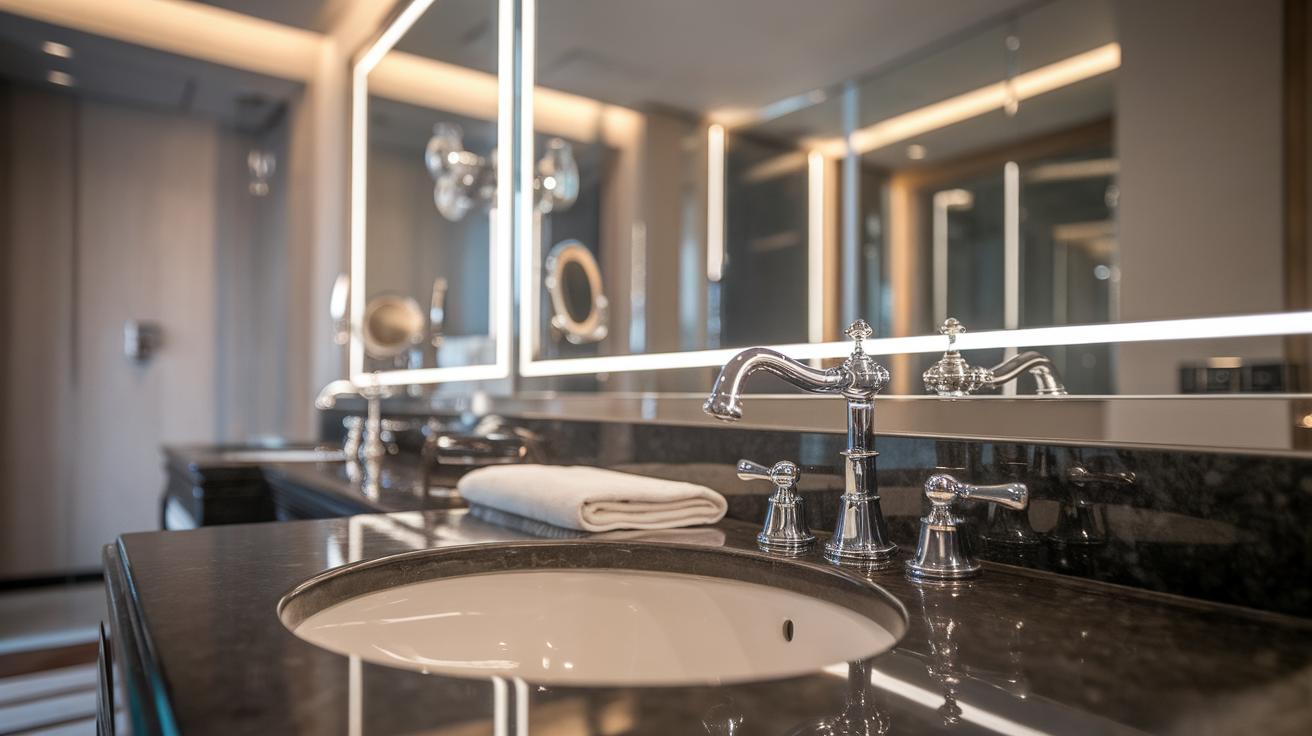Introduction
The concept of interior decor plays a crucial role in shaping the atmosphere and style of our homes. Interior decor combines art and science to enhance the aesthetics and functionality of spaces, creating a healthy environment for everyone who uses a room. This art form blends colors, furniture, textures, and layouts to express personal style while ensuring that each area serves its purpose efficiently. Whether you’re decorating a cozy bedroom, an elegant living room, or a functional kitchen, understanding the principles of interior decor can bring about a meaningful transformation.
This article explores various house interior decor ideas that can modernize your living spaces. From choosing the right color palette to selecting the perfect furniture pieces, we will cover strategies that help you curate a space that reflects your unique taste. Enjoying a beautifully decorated home not only enhances comfort but also boosts creativity and productivity, making it vital for well-being. Dive in to discover how you can effortlessly improve the interior of your home.
Understanding Interior Decor Principles and Importance
Defining Interior Decor
Interior decor focuses on enhancing the aesthetic appeal and atmosphere of a space. Unlike interior design, which involves planning the functional layout and structure, interior decor emphasizes the visual elements. This includes colors, furniture, artwork, and textiles that create a specific mood or style. Understanding these distinctions helps homeowners achieve their desired effects without getting overwhelmed by technicalities.
The Importance of Interior Decor
Good interior decor transforms a house into a home. It reflects the individual’s personality and preferences, making spaces comfortable and welcoming. Effective decor can significantly influence how people feel in a room. For example, warm tones create coziness, while bright colors promote energy. By carefully selecting decor elements, anyone can craft a living environment that not only looks beautiful but also supports emotional well-being. Investing in interior decor improves overall quality of life and enhances the enjoyment of daily activities.
Choosing the Right Color Palette Select an Effective Color Scheme for Your Spaces
Understanding Color Psychology
Selecting the right color palette transforms each room in your home. Begin by considering color psychology, which studies how colors influence feelings and behaviors. For example, blue often promotes calmness, making it ideal for bedrooms, while yellow adds energy and warmth, perfect for kitchens or play areas. Think about the mood you want to create in each space before choosing colors.
Creating Balance with Color Combinations
Once you determine the mood, consider how colors work together. Use the 60-30-10 rule: 60% of a room’s color comes from the walls, floors, and large furniture; 30% from upholstery and window treatments; and the remaining 10% from accessories like art and decorative items. Neutral shades work well for large areas, offering a base that allows pops of color in smaller accessories. Balance between bold and soft colors to create harmony and unity throughout your home.
Furniture Selection and Arrangement Enhance Usability and Aesthetic Appeal
Selecting the Right Furniture
Choosing furniture involves understanding the space you have and how you want to use it. For small rooms, consider compact pieces that serve multiple purposes. Look for sofas with built-in storage or tables that can extend. For larger spaces, opt for bold, statement pieces that reflect your style. Measure your space before buying to avoid overcrowding. Think about colors and materials that match your overall theme. Comfortable, inviting furniture makes any room feel like home.
Effective Furniture Arrangement
Arranging furniture effectively can transform a room’s usability. Start by defining the room’s purpose, whether for relaxation or entertaining. Create clear pathways to ensure easy movement. Avoid pushing all furniture against the walls, as this can make the room feel empty. Instead, cluster seating areas to promote conversation. Use area rugs to define spaces, adding warmth and intimacy. Finally, ensure that lighting complements the arrangement. Position lamps and overhead lights to highlight key areas and make the space inviting.
Incorporating Textures and Materials Richen Your Interior Decor
The Impact of Textures on Interior Design
Textures play a vital role in house interior decor. They add a sense of depth and interest to any space. Think about using different materials, like soft fabrics, smooth metals, or rough wood. When mixed together, these elements create a rich visual experience. For example, a plush velvet couch paired with a sleek glass coffee table can transform a simple room into a sophisticated gathering area. Layering textures through rugs, cushions, and throws enhances comfort while inviting touch.
Selecting the Right Materials
Choosing the right materials is just as important as adding textures. Consider using natural materials like stone, wood, and cotton for a warm and inviting atmosphere. Synthetic materials can add durability and ease of cleaning, especially in high-traffic areas. By blending different materials, you provide contrast and intrigue. If you pair cool elements, like metal fixtures, with warm pieces, such as a wooden dining table, you achieve balance and harmony. This thoughtful approach results in spaces that feel alive and welcoming.
Lighting and Ambiance The Role of Lighting in Interior Design
Lighting greatly influences the atmosphere of a room and can transform any space. Natural light fills a home with warmth and energy, creating a welcoming environment during the daytime. Windows that allow sunlight to stream in can enhance colors and highlight textures, giving each room a vibrant look.
Artificial lighting serves to complement natural light. Overhead fixtures like chandeliers or pendant lights become focal points, while wall sconces provide soft, inviting illumination. Using various light sources can help define different areas in an open floor plan. For instance, a cozy reading nook benefits from warm lamps that create an inviting spot for relaxation.
Layered lighting can define mood. Bright lights energize a room, while dim, warm light creates a calm atmosphere. Choosing the right bulbs also matters; soft white bulbs often create a comforting glow. By carefully selecting light sources, you can elevate your home’s overall decor, ensuring that each space feels just right.
Adding Personal Touches Personalization in House Interior Decor
Making It Your Own
Personal touches breathe life into any interior decor. They tell a story about who you are and what matters to you. When you decorate your home, think about items that reflect your style, interests, and memories. Photos from family gatherings, handmade crafts, or souvenirs from travels can transform a bland wall into a vibrant narrative that sparks conversation. Each piece acts as a window into your life, showcasing your passions, experiences, and culture.
Reflecting Your Personality
Integrating personal elements into decor can create a space where you truly feel at ease. Choose colors that resonate with you; select furniture that aligns with your lifestyle. If you love nature, add plant displays or art inspired by the outdoors. This kind of decor not only makes your home inviting but also turns it into a sanctuary that reflects your unique personality. Every room becomes an expression of you, leading to a more harmonious living space that enhances your well-being.
Embracing Nature with Biophilic Design
Integrating Nature into Your Decor
Biophilic design invites nature into your home, creating a tranquil space that boosts your well-being. By incorporating natural elements, you can make your living area feel fresh and alive. Use plants, flowers, and natural materials like wood and stone for a calming atmosphere. Greenery not only enhances aesthetics but also improves air quality, making your home healthier.
Creating Balance and Harmony
To achieve harmony in your space, consider using large windows or light-colored walls that reflect natural light. Choose furniture that aligns with nature through organic shapes and earth tones. Art that depicts landscapes or uses natural motifs can reinforce this connection. Integrating these biophilic elements creates a home that feels connected to the outdoors, promoting relaxation and mindfulness in your daily life.
Sustainable and EcoFriendly Decor
Choosing Eco-Friendly Materials
Sustainable and eco-friendly decor reshapes interior design with choices that show respect for the planet. Use materials like bamboo, reclaimed wood, and recycled glass to create stylish furnishings. Bamboo grows quickly and requires less water than traditional hardwoods. Reclaimed wood tells a story and reduces waste. Recycled glass not only sparkles in decor but also cuts down on the need for new raw materials. Look for fabrics made from organic cotton or linen, as these options avoid harmful pesticides and support healthier living spaces.
Incorporating Sustainable Practices
Designing with sustainability in mind goes beyond materials; it includes smart practices. Consider furniture that serves multiple purposes, like a sofa bed or a coffee table with storage. Use energy-efficient lighting to brighten spaces, and install smart thermostats to manage energy usage. Choose low-VOC paints that reduce indoor air pollution and improve your home’s atmosphere. By embracing eco-friendly designs, homeowners contribute to a healthier environment while creating inviting, stylish spaces.
Staying Trendy with Modern Decor Styles
Analyzing Current Trends in Interior Decor
Current interior decor trends highlight a mix of bold colors, minimalist designs, and multifunctional furniture. People increasingly choose vibrant hues like deep blues and rich greens to create lively spaces. They also embrace simplicity, opting for sleek lines and uncluttered arrangements that promote relaxation. Incorporating plants into designs adds a fresh touch, bringing nature indoors and enhancing the overall aesthetic. Additionally, homeowners prioritize flexible furniture that adapts to various needs, such as sofa beds or expandable dining tables, making spaces more functional for everyday life.
Incorporating Modern Decor into Your Home
Introduce modern decor styles into your home by selecting key pieces that resonate with current trends. Start by choosing statement furniture items that draw attention, like a colorful accent chair or a unique coffee table. Use artwork to add visual interest, and opt for large-scale pieces that become conversation starters. Mix different textures and materials, such as wood, metal, and fabric, to create depth in your space. Finally, balance everything with carefully placed lighting that enhances the mood, making your home both stylish and inviting.
Conclusions
House interior decor has the remarkable ability to transform any space into a welcoming and stylish environment. By applying the ideas discussed in this article, homeowners can create personalized and dynamic areas that fully resonate with their tastes and lifestyle. Interior decor is not just about aesthetics; it also influences mood and daily activities, offering a strong connection between individuals and their surroundings.
As you embark on your decor journey, remember that creativity knows no bounds. Experiment with colors, textures, and layouts to discover what resonates best in your home. Whether you opt for a minimalist look or a more vibrant style, enjoy the transformative process of making your home uniquely yours. A well-decorated home can be a source of inspiration and joy, ensuring your living space reflects your personality and aspirations.




